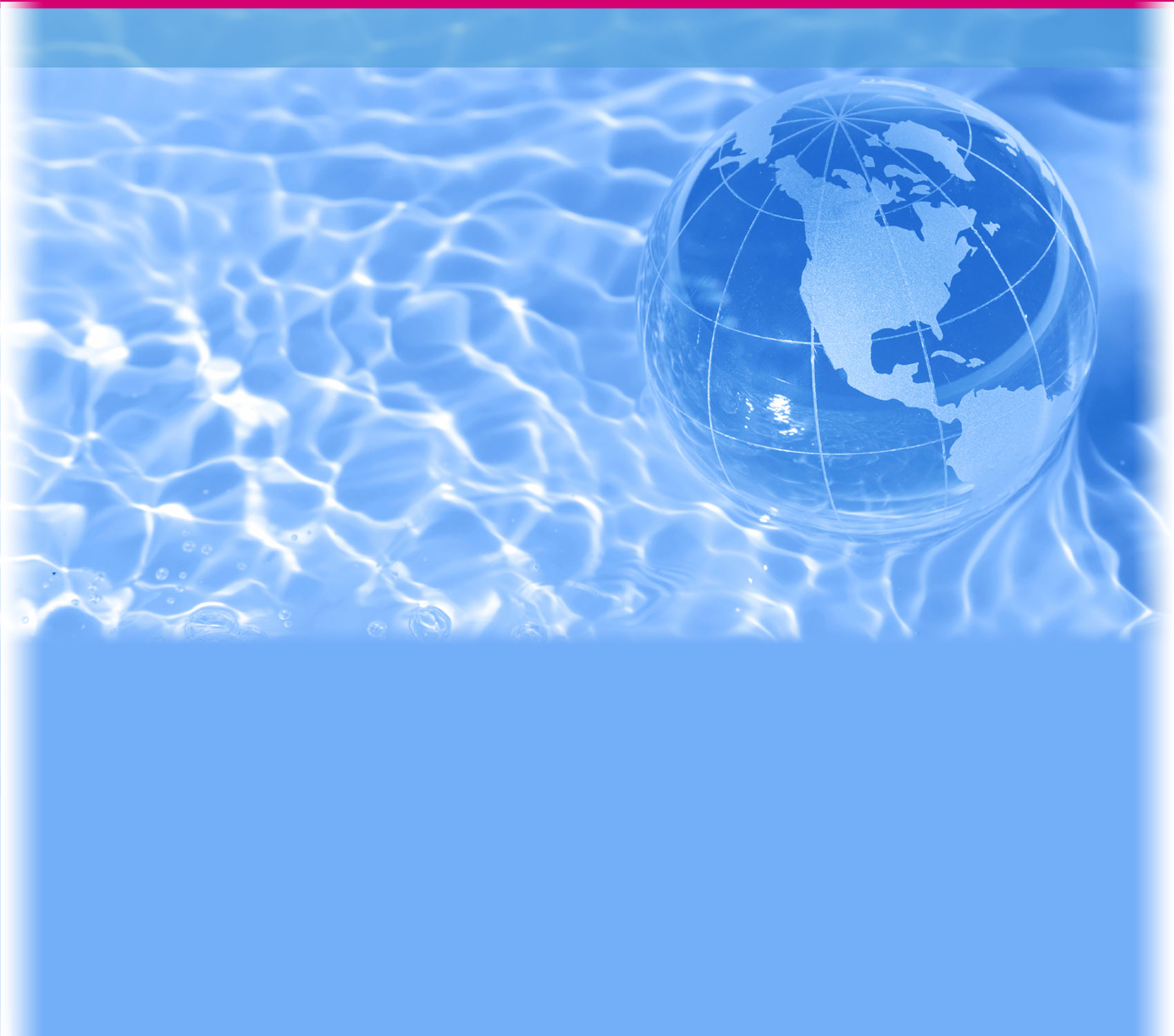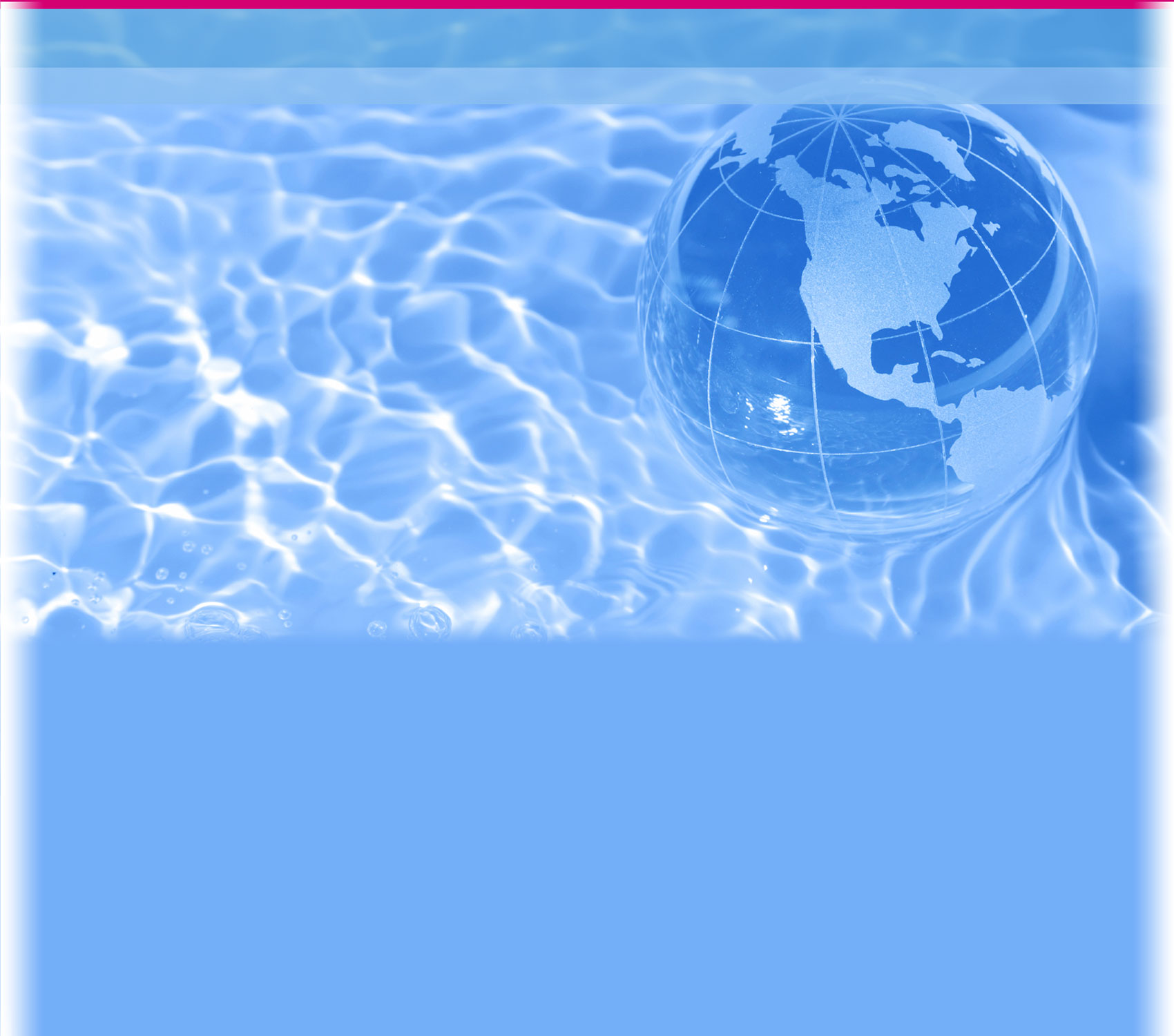Essential Questions
Over the course of the lesson, students will have the opportunity to explore the following questions:
1. How prevalent is access to safe drinking water?
2. What factors hinder people's access to safe drinking water?
3. What are the effects of inadequate access to safe drinking water?
4. How does conflict arise from unequal access to safe drinking water?
5. How does access to safe drinking water differ in different areas of the world?
6. How can the engineering design process be used to solve real-life problems?
7. What are some effective methods for purifying water?
8. What factors need to be considered when making recommendations about solutions to safe water access?
9. How can people successfully communicate to others the results of their science and engineering research?


